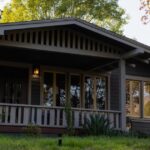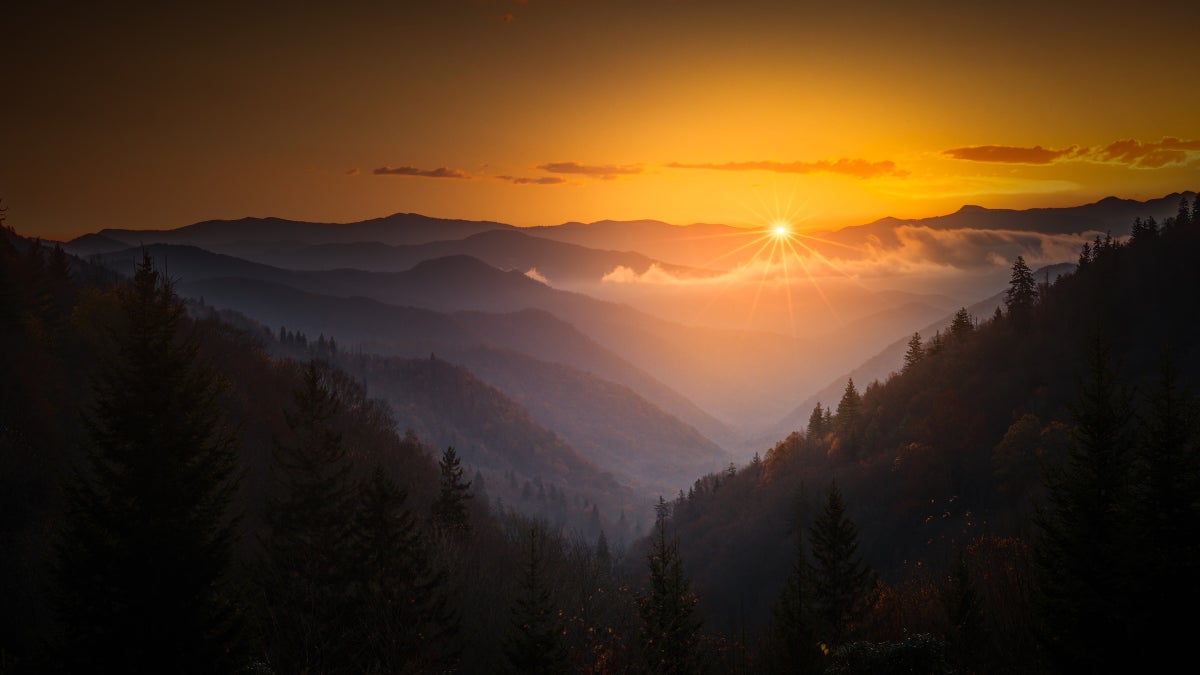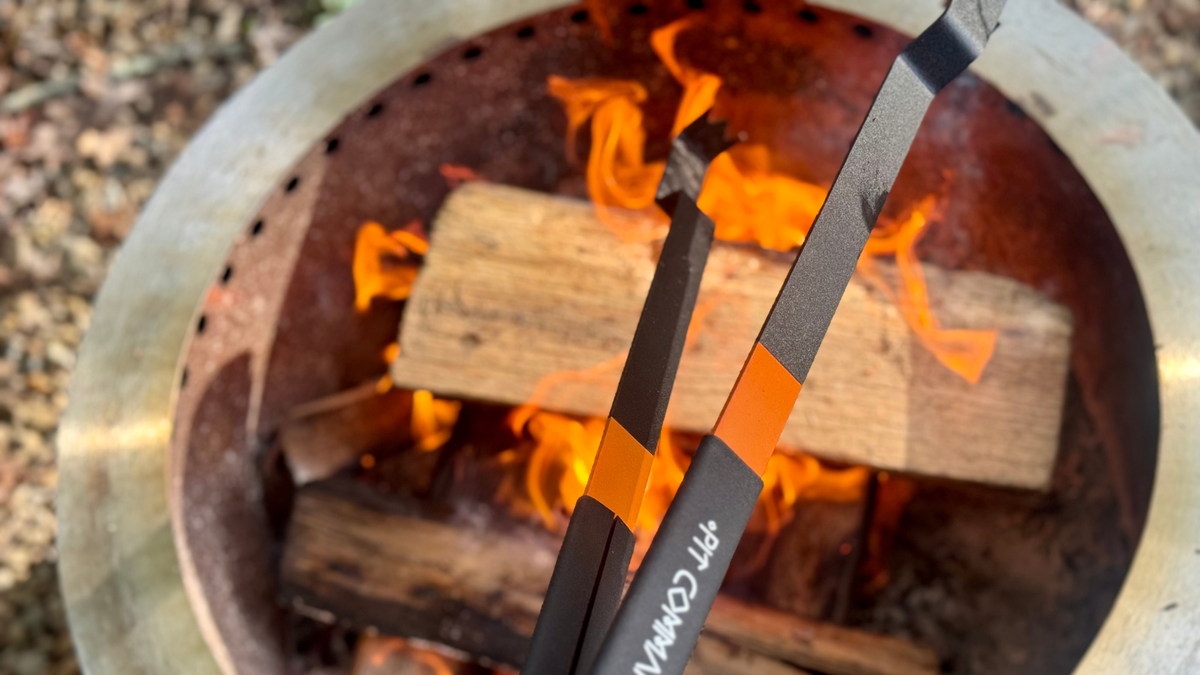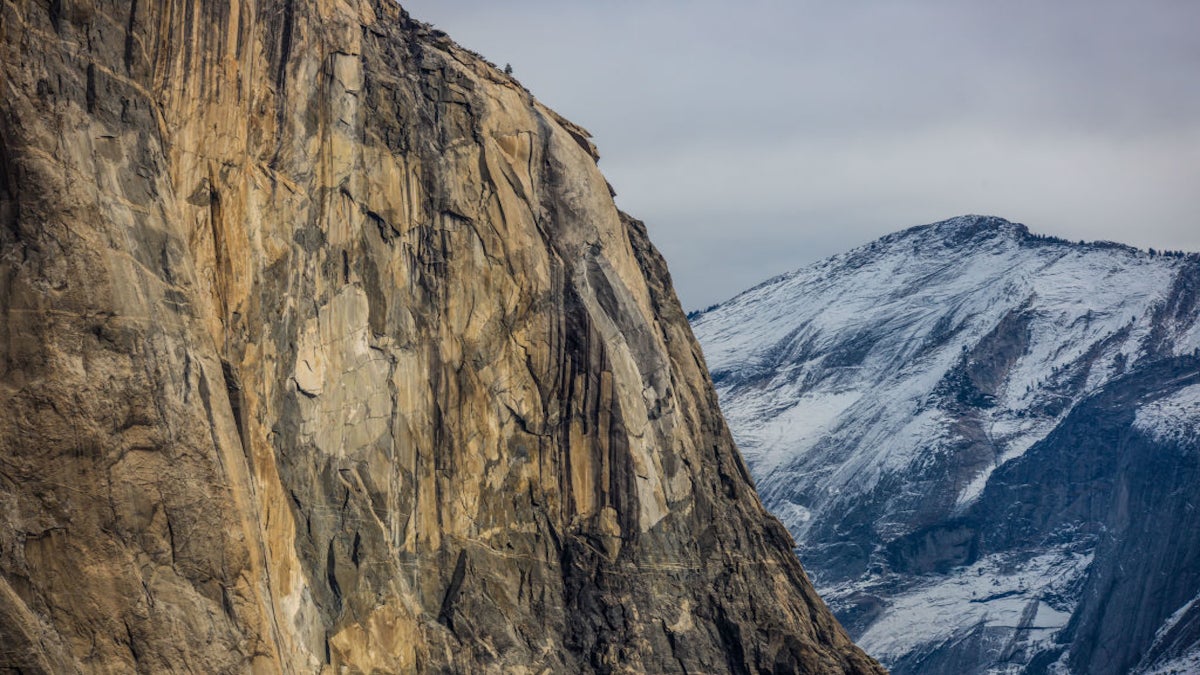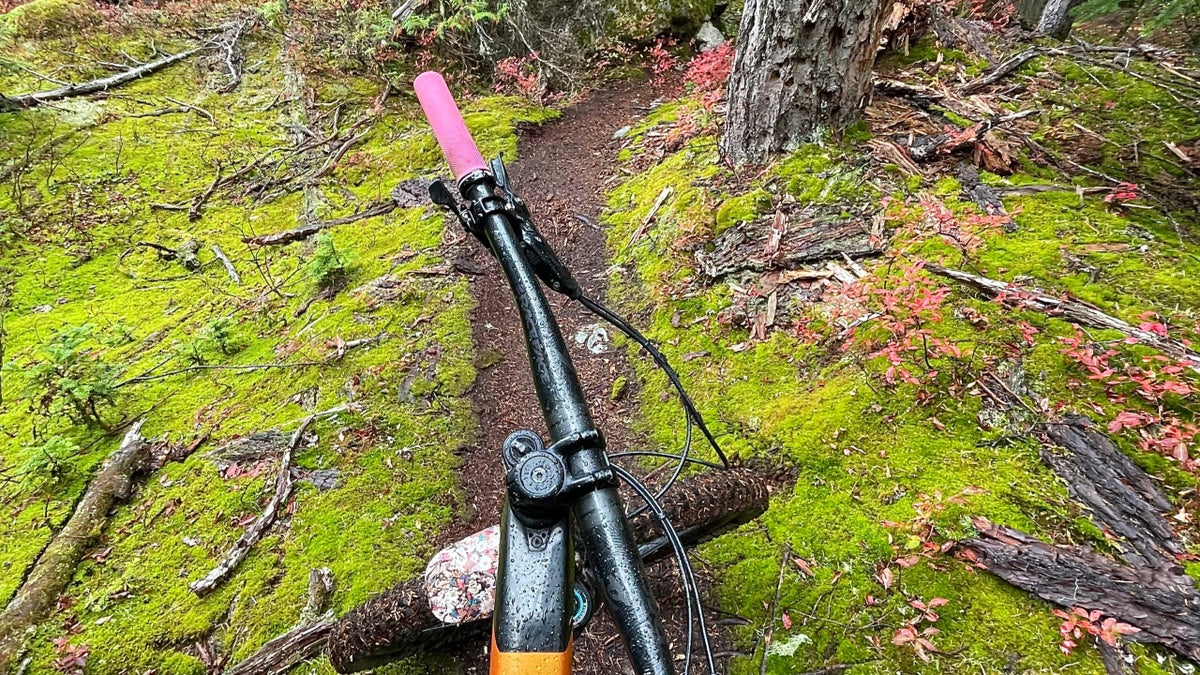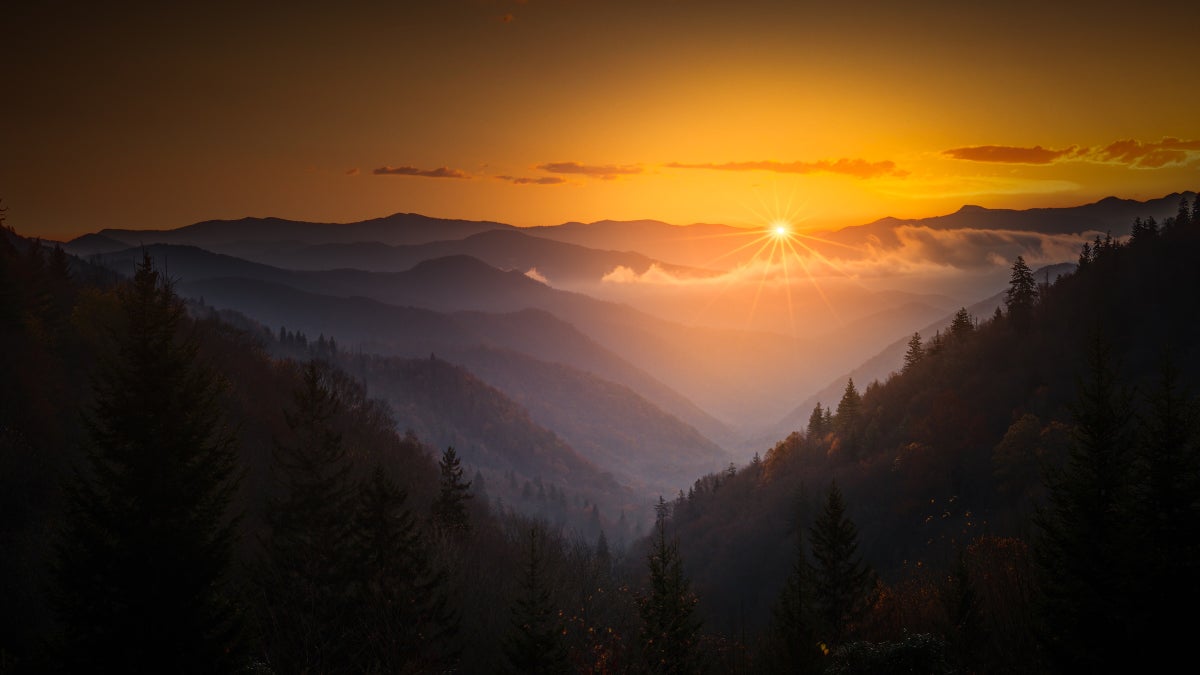
While the federal government shutdown has furloughed federal employees and canceled programs at national parks across the country, all programs and areas of Great Smoky Mountains National Park (GSMNP) remain open and available, and the park is fully staffed. That’s due to a unique coalition of local groups that has stepped in to fund the park, ensuring it stays ready to welcome visitors during its busiest season.
NPR first reported the story.
GSMNP is a protected area on the border of North Carolina and Tennessee in the Appalachian Mountains. It’s also home to some of the most ancient mountains in the world.
Following the October 1 shutdown, many of the park’s most visited areas were initially closed. However, a coalition led by Tennessee’s Sevier County, a portion of which lies within the park, quickly raised over $ 2 million to cover operational costs. The move allows the park’s 275 employees to remain fully paid, and was driven by a desire to keep the local tourism industry afloat.
If GSMNP were to be closed, Sevier County Vice Mayor Bryan McCarter told NPR that there are still many things for people to do in the area.
“But the perception amongst a lot of folks is, well, then Sevier County must be closed. And so we have to make sure [the park stays open] to drive that economy,” said McCarter, adding that local tourism was already hit hard by Hurricane Helene in 2024 and is down ten percent this year.
Servier County Mayor Larry Waters said in a press release that it was “disappointing that the federal government has once again failed to prevent a shutdown that puts our national parks and communities at risk.”
The coalition is collectively donating $61,703 per day to keep the park running normally.
“The park is a vital part of our regional economy,” Waters added, “and closing it during peak fall season is simply not an option. We are proud to welcome the hundreds of thousands of visitors who will come to enjoy the Smokies in the weeks ahead.”
The Great Smoky Mountains National Park, which spans over 500,000 acres, has been the most visited national park in the U.S. for decades. Its accessibility, free entrance, and major highways through its boundaries attracted more than 12 million visitors in 2024 alone, more than double the nearly 5 million who visited the next most popular park, Utah’s Zion National Park.
Hundreds of thousands of Americans also drive through the Great Smoky Mountains each year as part of regional travel, and their visits are counted even if they don’t get out of the car. (This is also part of the reason why the park doesn’t charge an entrance fee.) Even if many of the park’s visitors are only passing through, the park remains a vital economic resource for the nearby communities. The National Park Service (NPS) reports that GSMNP “provides an economic hub generating over $2.2 billion in 2023 and supports 33,748 jobs in surrounding communities.”
Sevier County says all areas that were closed early in the shutdown are now open and operational, including Sugarlands Visitor Center, Chimneys Picnic Area, and Cades Cove Loop Road, Visitor Center, and Picnic Area. The financial support also ensures “staff are on duty to service restrooms, respond to visitors in need, and provide essential services to protect wildlife during this peak visitor season.” The funding is limited, however, and if the shutdown doesn’t end by October 19, the park will resume operations with limited resources.
Donors backing Sevier County include Blount and Cocke County, the towns of Gatlinburg, Sevierville, Pigeon Forge, and Pittman Center, the state of Tennessee, the Eastern Band of Cherokee Indians, the Tennessee Department of Tourist Development, and a local nonprofit, Friends of the Smokies.
Jim Matheny, Friends of the Smokies spokesperson, said that the organization chipped in because even though Great Smoky Mountains—like all other U.S. parks—was technically open to the public regardless of the shutdown, “there’s a big difference between it being accessible and being fully staffed. He compared visiting a national park with no rangers to visiting Disney World without Mickey Mouse.
Not all areas of the park are open due to other factors unrelated to funding, such as regular seasonal road closures and rehabilitation work. Visitors can see the GSMNP’s current conditions on the NPS website.
The post These Locals Have Stepped in to Keep Country’s Most Visited National Park Fully Open appeared first on Outside Online.
